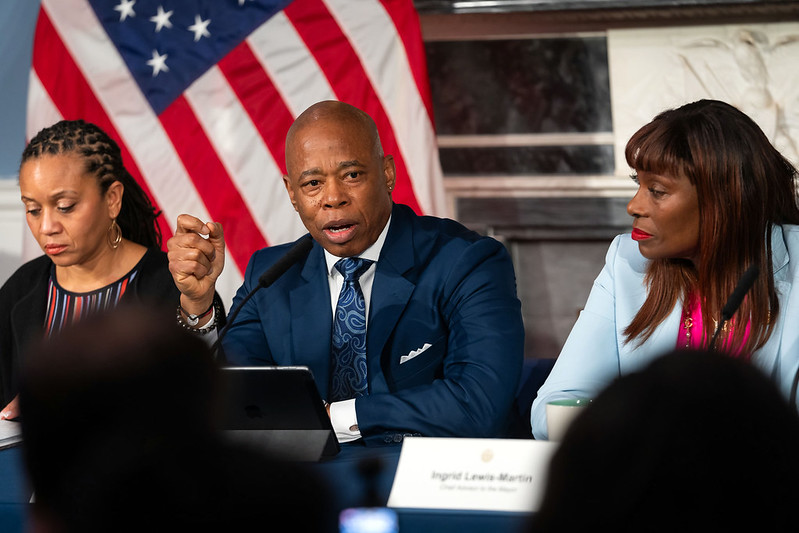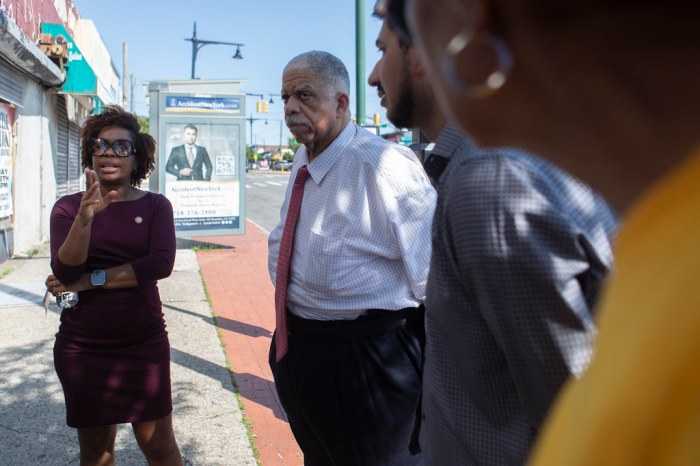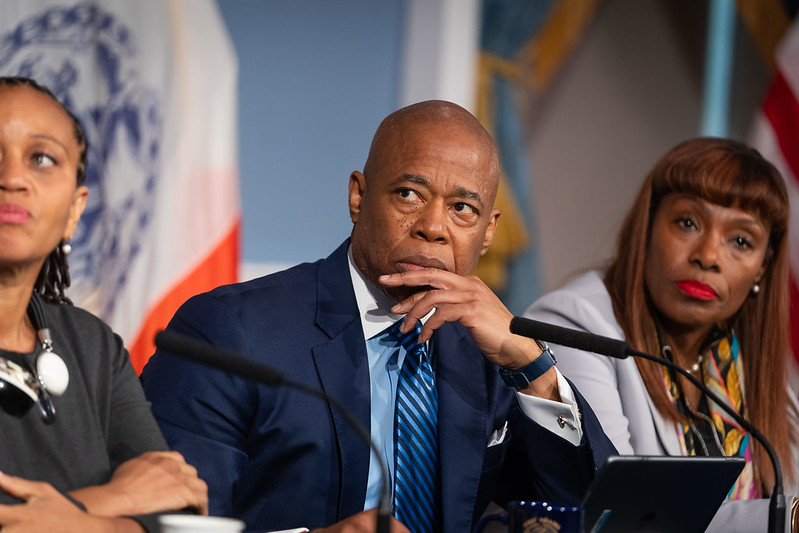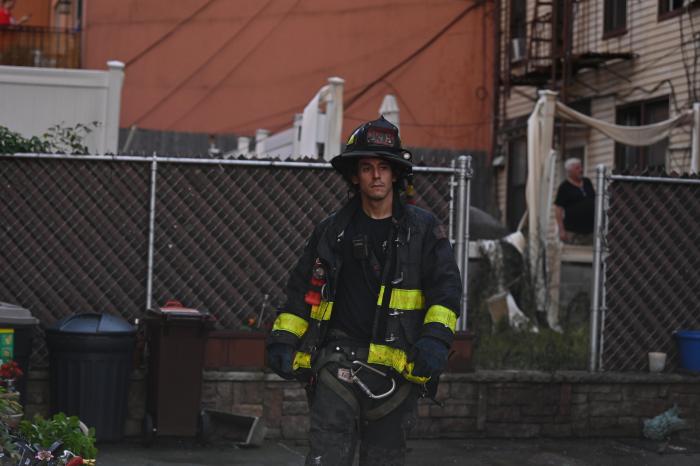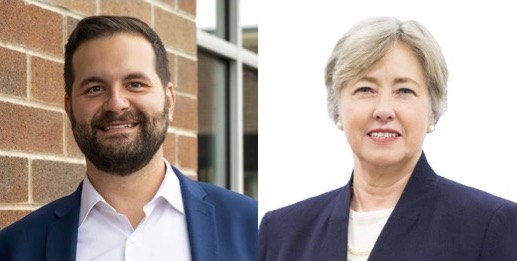Hurricane Sandy brought out the best and the worst in people. The coastal line from the Carolinas to Connecticut were ravaged. There were heroics performed from neighbor to neighbor. Police and Fire Department personnel, once again, showed how emergencies are handled. They were there when others were running away.
And yet, as if the destruction and destroyed lives left in Sandy’s wake weren’t bad enough, the breakdown of modern day technology and the post-storm gasoline shortage just poured a pound of salt into the wound.
For many there was no light, no heat, no telephones, only sporadic cell phone service and nowhere to recharge the battery. People were reduced to battery-driven transistor radios and candles for more than a week-and they may need them perhaps even longer.
The opportunity to get into the car and go somewhere else to 21st century civilization was also wrenched away because there was no gas available. Even the buses and trains shut down and restored in a piecemeal fashion, further limiting the ability to travel.
There were many excuses given as to why gasoline was and is so hard to come by after Sandy: gas stations had no power, tanks were flooded, refineries in the northeast were shut down and the inability for tankers to reach major ports.
As with any crisis, there is always the one person who proves that where there’s a will, there’s a way. Richie Dodd, a gas station owner is Rumson, N.J., found an old hand pump, connected a copper pipe and drove it into his underground tank. In four days, Dodd’s crew cranked out 30,000 gallons.
There were many gas stations in the region which had gasoline but no way to pump it; not only was the power still out, but they were purportedly unequipped to plug into a generator.
The end result of this gasoline fiasco was long lines waited at gas stations for a limited amount of precious fuel. Fights broke out, and for a while it seemed like a Mad Max atmosphere was developing. The Police Department, already stretched to the limit in responding to the storm, was forced to dedicate more of its officers to gas stations just to keep things orderly.
And to think some believed that we could run a marathon while all this nonsense was going on.
In this time of crisis, the last thing the New York City area needed was a gas shortage. And as the city recovers from Hurricane Sandy, it must make certain that a similar episode is not repeated when another natural disaster strikes.
Safeguards must be put in place to ensure that the city has quick access to gasoline immediately after a disaster. Companies and the state must require that gas stations have the capacity to continue pump gasoline when power outages occur.
And if we go through another gas shortage, for whatever reason, greater crowd control measures should be implemented- such as going back to the “odd-even” fill-up day system during the fuel crisis of the 1970s.
Many advocate for the nation to move away from the use of gasoline and petroleum. That’s a long-term goal, but our shortterm reality is that gasoline and petroleum help drive our economy. When shortages arise, economic and social turmoil isn’t far behind.




























